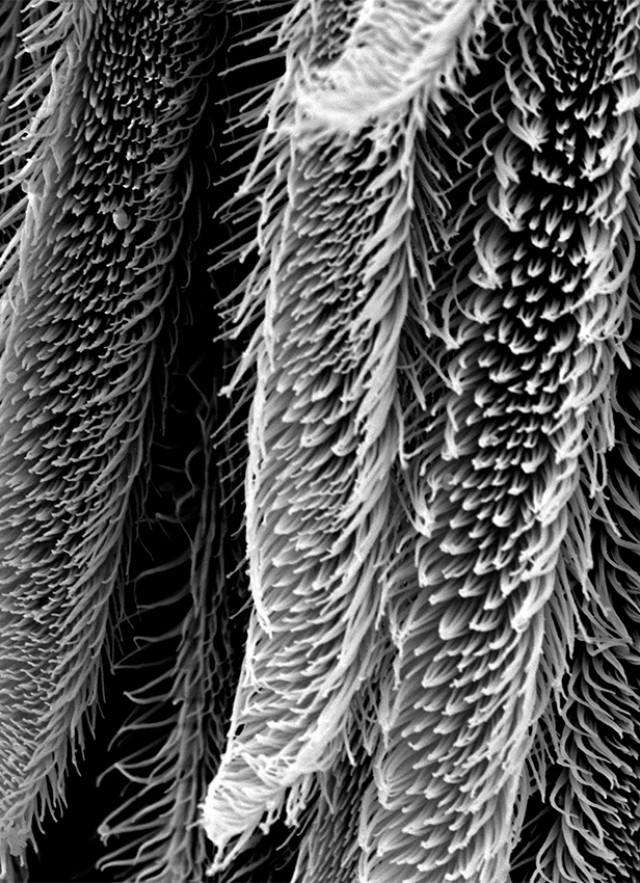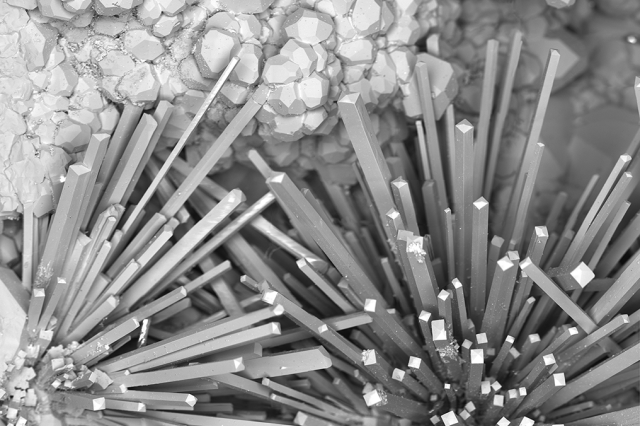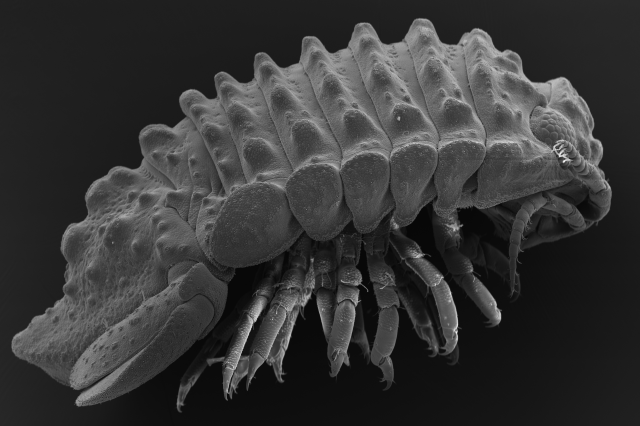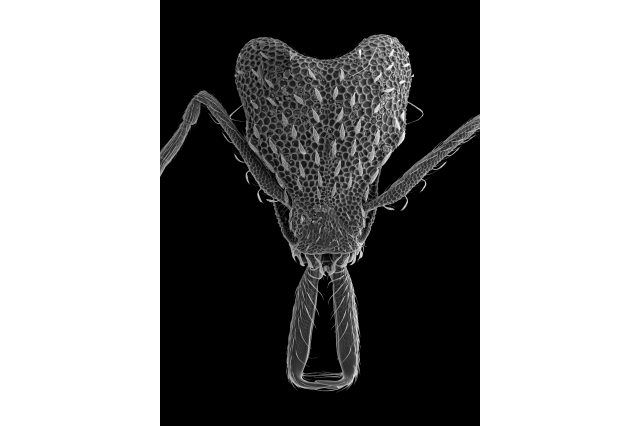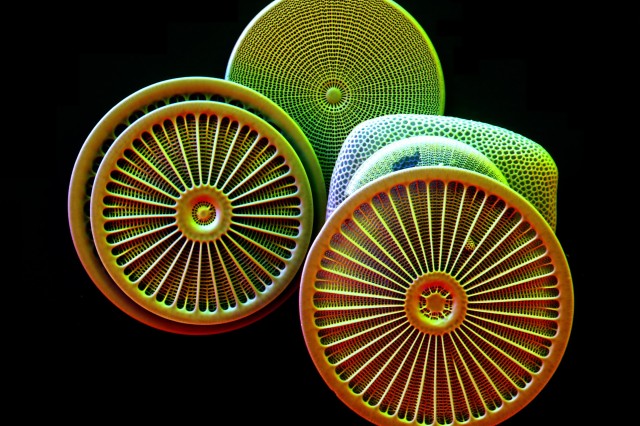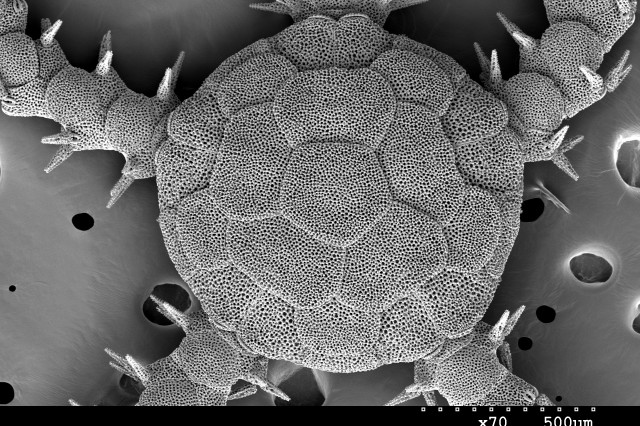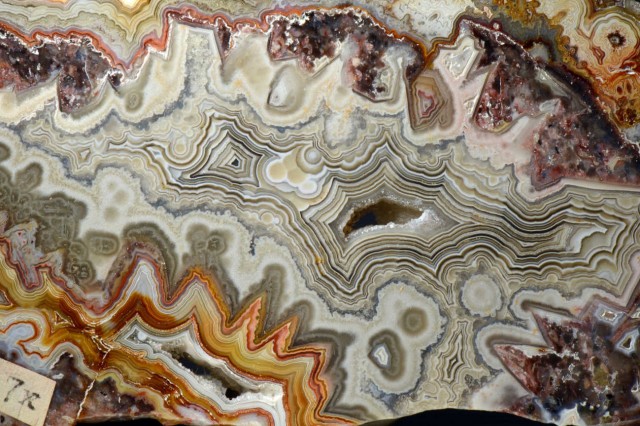General Info
Free for Members
There are hidden worlds all around us, too small to see with our own eyes. Scanning electron microscopes (SEMs) open those worlds up to researchers like those working at the Natural History Museum, and now visitors can explore those hidden worlds and the behind-the-scenes research made possible with this fantastic equipment in the Scanning Electron Microscope Lab.
NHM’s SEM has a resolution 13,000 times greater than the human eye and can magnify an object 830,000 times larger than its normal size, exposing ants as tiny titans, revealing the secret mechanisms that help flies feed, and uncovering the hidden structures of minerals.
Exhibition content is provided in English and Spanish. Contenido para la exposición está disponible en inglés y español.
Along the way, you'll:
-
Get a behind-the-scenes look at both the SEM Lab and the Mineral Sciences Lab to see research in action.
-
See incredible images produced by SEM, everything from extreme mineral close-ups to surprisingly terrifying teeth of snails.
-
Snap a selfie with mindblowing microscopic images made huge.
